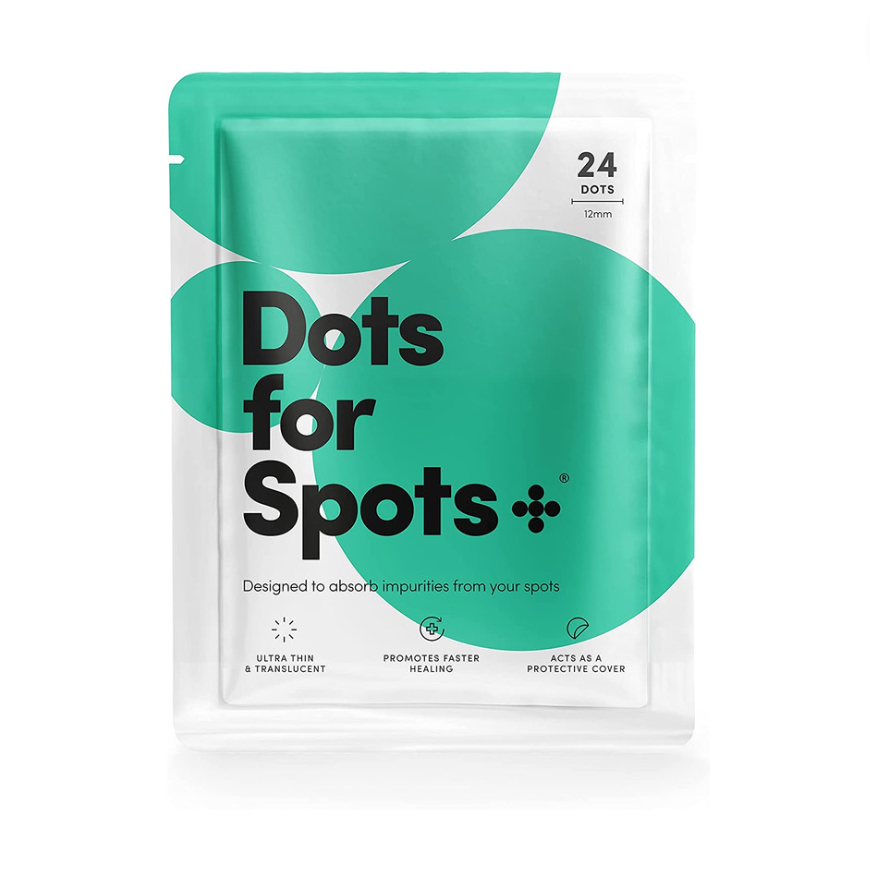Struggling with chin acne? Here's how to deal with it, according to dermatologists
We asked the experts for everything you need to know about chin acne, from causes to treatment options

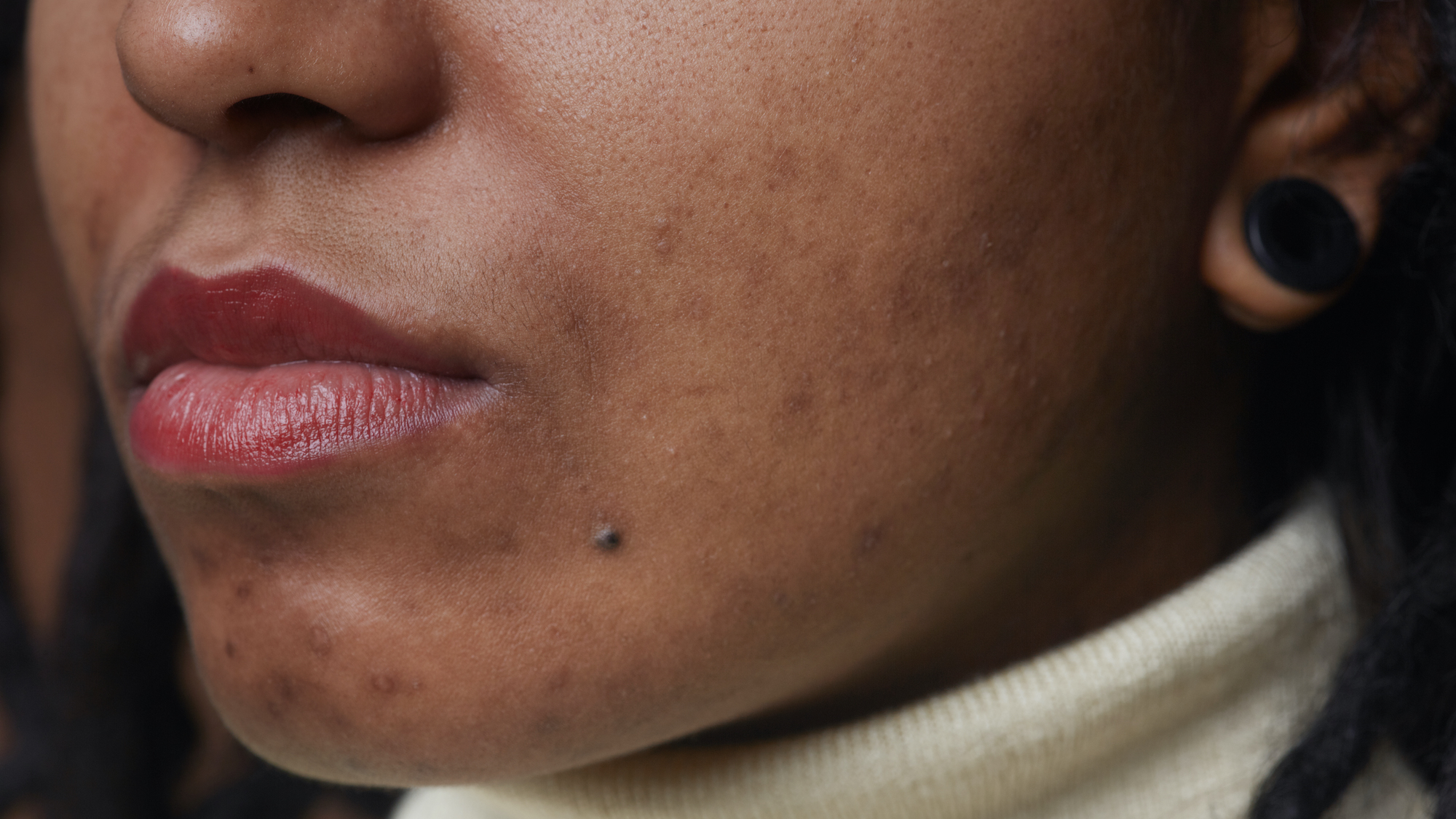
A new spot is rarely, if ever, a welcome addition to your face. But persistent spots and chin acne? That is a different kettle of fish.
If ongoing breakouts in this area are bothering you, don’t panic; our beauty team has years of experience hearing from the experts and knows a thing or two about acne-prone skin. The best acne treatments can have a positive impact, but it’s important to seek the advice of qualified professionals wherever possible.
To that end, we reached out to some of the industry’s leading dermatologists to explain what causes the different types of acne and how to deal with chin breakouts. Here's everything you need to know about managing them, from lifestyle changes to the best spot treatments.
How to get rid of chin acne: the expert guide
What causes chin acne?
“Acne develops from blocked pores and too much oil, clogging up our skin,” explains cosmetic dermatologist and skincare brand founder Dr Sam Bunting. As the chin is one of the areas of the face with a high number of oil-producing glands, it makes sense that its a common place for blemishes.
“A bacteria called C. acnes thrives in the clogged, oily pore, and as a consequence, we get inflammatory lesions,” she continues. “These can be small red bumps – papules or red bumps with a white head – pustules, or deeper, tender, more lumpy lesions such as nodules and cysts.” This root cause of acne remains the same, whether we're talking chin acne, forehead acne, back acne or chest acne.
You may have noticed that you get more spots on your chin at a certain point in your cycle. “Acne is primarily driven by our individual genetics and hormonal factors,” adds consultant dermatologist Dr Thivi Maruthappu. “That's why we can often see flare-ups just before our period and also during the perimenopausal phase. It arises due to blockage of the sebaceous glands, which become inflamed and swollen resulting in a painful spot.”
While some people notice a link between dairy and acne, this isn’t the case for everybody. “One of the most common questions that I'm asked is whether certain foods cause acne,” Dr Maruthappu continues. “While some people may notice acne flare-ups after eating certain foods (particularly after high-sugar foods or low-fat milk), these should be considered triggers rather than a cause. I see many patients for whom reducing these foods makes little or no change to their acne, so please don't blame yourself for your breakouts!”
Celebrity news, beauty, fashion advice, and fascinating features, delivered straight to your inbox!
Chin acne may also be linked to other lifestyle factors. Consultant dermatologist Dr Anjali Mahto notes in her book, The Skincare Bible, “Shaving and in-grown hairs can commonly cause acne or folliculitis (inflamed hair follicles) in the cheek, chin, jawline and neck area.”
How to treat chin acne
Establishing a good skincare routine for acne is key to managing its condition long-term. But if consistency with over-the-counter products hasn’t made a difference, it’s important you seek the help of a doctor.
“A lot of people in the skincare/aesthetic field say they can treat acne, but the only professionals fully qualified and trained extensively in this area are consultant dermatologists,” Dr Mahto tells us. “If seeking help from a consultant dermatologist privately is cost prohibitive, your first port of call would be with your NHS GP. They can offer advice and some courses of action, but often they will refer to a consultant dermatologist as this is our area of expertise."
She continues: “In terms of when you get to your appointment, be it with the GP or a dermatologist, make sure you go prepared with a list of things you have already done – perhaps you’ve tried certain ingredients like salicylic acid already. Also, bring photos if you have them if your skin is fairly settled at the time of the appointment. In clinic we do a thorough medical history and lifestyle to get the full picture of your skin’s health before we move on to a personalised course of action.”
If you aren’t quite at this point yet, ingredients our dermatologists recommend keeping an eye out for are salicylic acid, niacinamide, retinoids, azelaic acid, and benzoyl peroxide. There are also lifestyle changes that can have a positive impact on acne management. Avoiding touching the skin is an important one – particularly if you have existing breakouts.
“Although it’s tempting to touch your face, doing so can spread dirt, oil and bacteria from your hands to your face,” says Dr Alexis Granite, consultant dermatologist for CeraVe. “Only touch your face when you’re cleansing, moisturizing or applying sunscreen or makeup, and make sure your hands are clean first.”
For particularly painful chin spots, hydrocolloid acne patches are very useful because they provide a physical cover over the blemish – meaning you can’t touch it – as well as helping to reduce inflammation.
“The impact of your pillowcase is relatively mild in the grand scheme of acne,” says Dr Granite. “However, dead skin cells, skin oil (sebum), microbes, makeup, pet hair, and even saliva from drooling can all collect on pillowcases so it's a good idea to change them regularly. I would suggest once-twice weekly.” As for specific skincare products to placate angry blemishes? Below are a few expert recommendations to shop now.
The best skincare products for chin acne
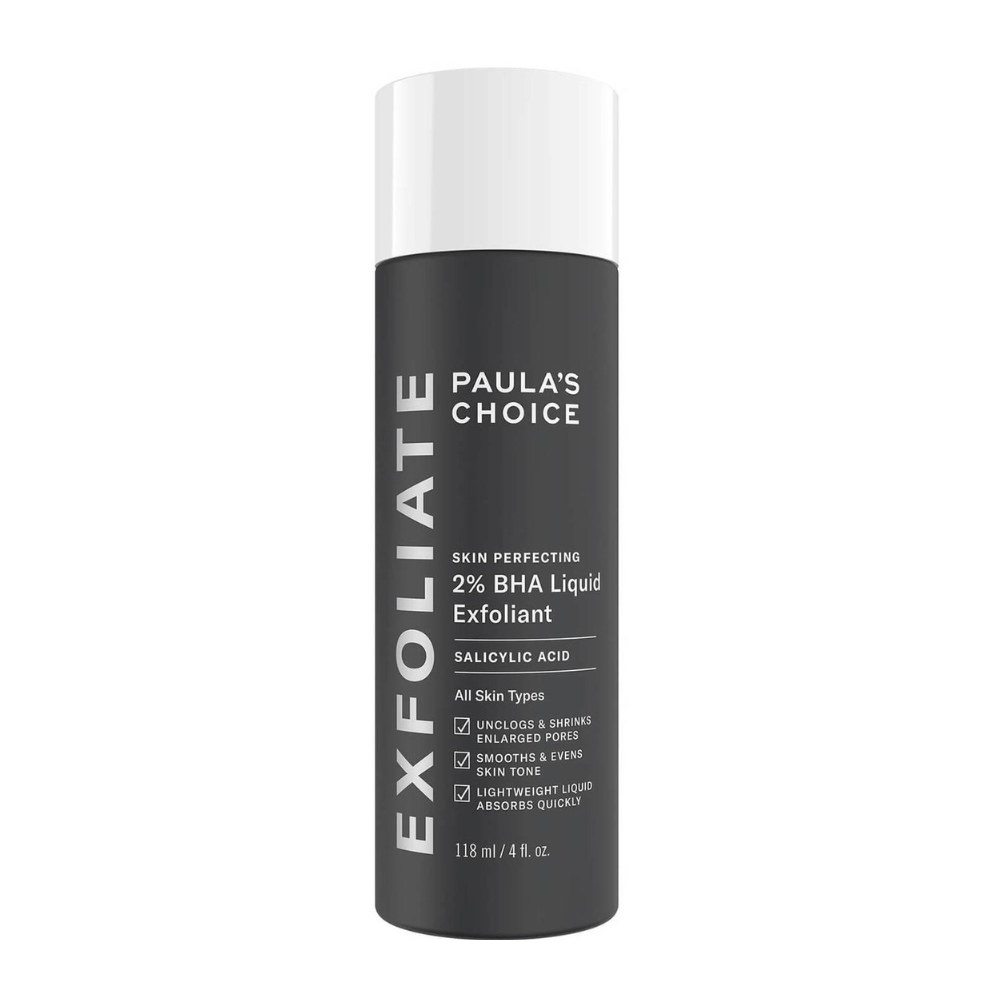
If ever there's been a cult skincare product for blemish prone skin, it's this. Containing 2% BHA to unclog pores, this liquid exfoliant makes light work of unclogging pores. Its texture is a little greasy considering that it's a liquid but, as Paula herself will tell you, people love it for the results.
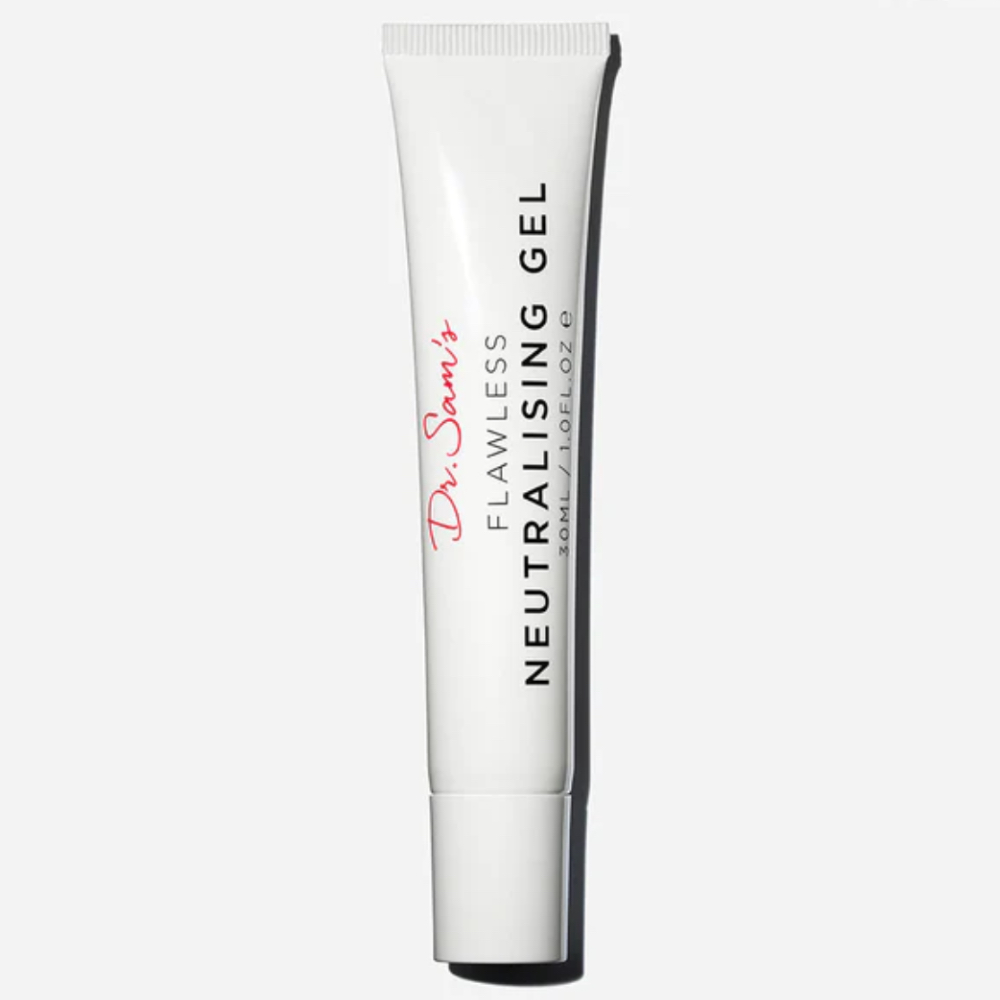
A cocktail of blemish-busting ingredients has gone into this targeted treatment gel from Dr Sam Bunting's skincare range. We're talking salicylic and azelaic acids plus bakuchiol for a multi-pronged approach to calming spots and targeting the marks they leave behind.
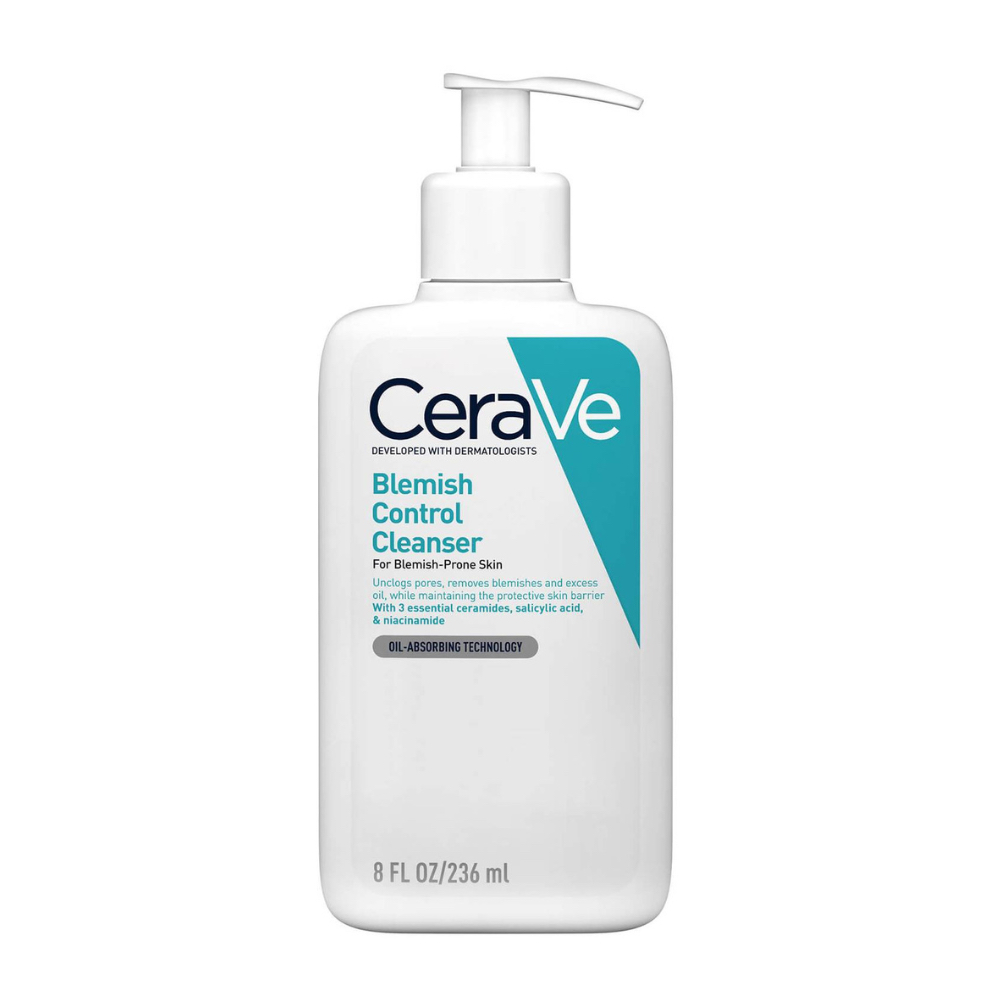
As recommended by both Dr Maruthappu and Dr Granite, CeraVe recently launched its Blemish Control range in the UK, which includes this cleanser that's formulated with salicylic acid and niacinamide to help calm and clear blemish-prone skin. If you struggle with acne on your body more so than the face, look to the brand's SA Cleanser instead.
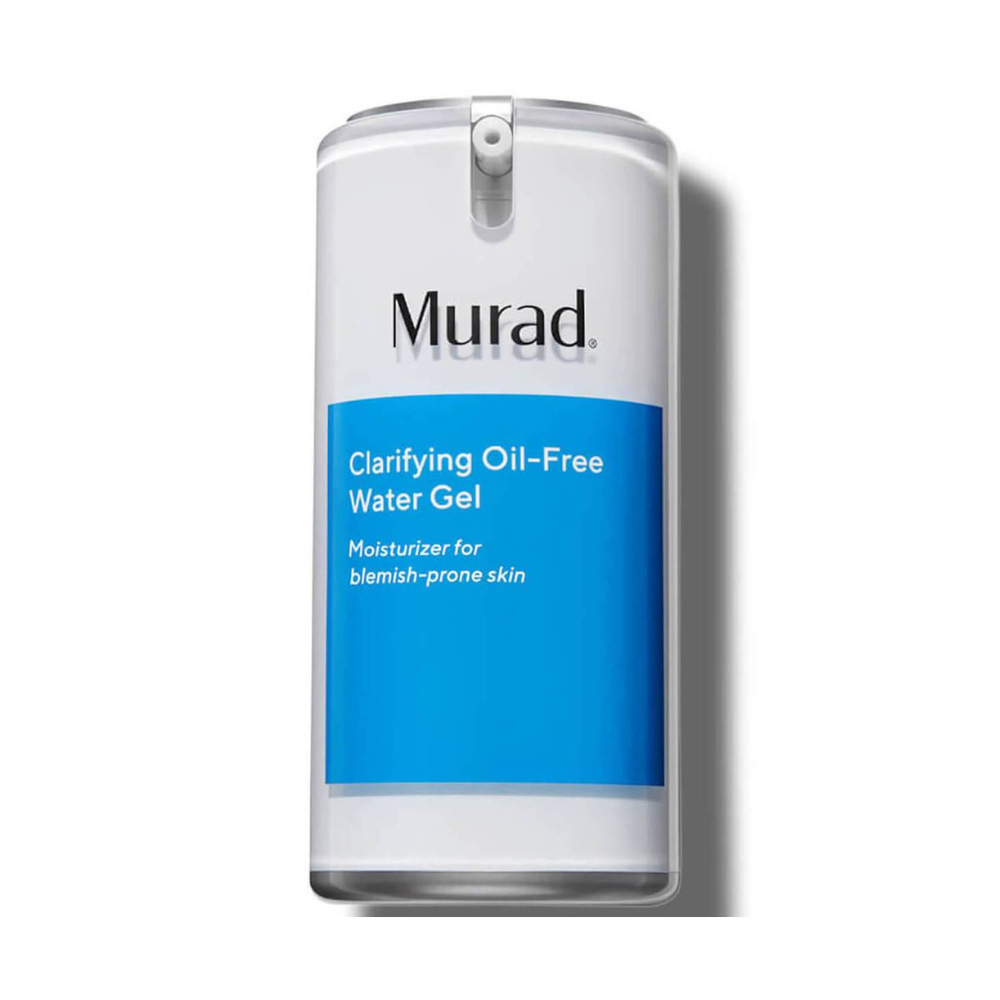
Oily, acne and blemish-prone skin still needs moisture, and this non-comedogenic gel formula will deliver it to your complexion without clogging it further. The formula packs hydrating hyaluronic acid and soothing ginger root extract, along with a little salicylic acid for gentle exfoliation.
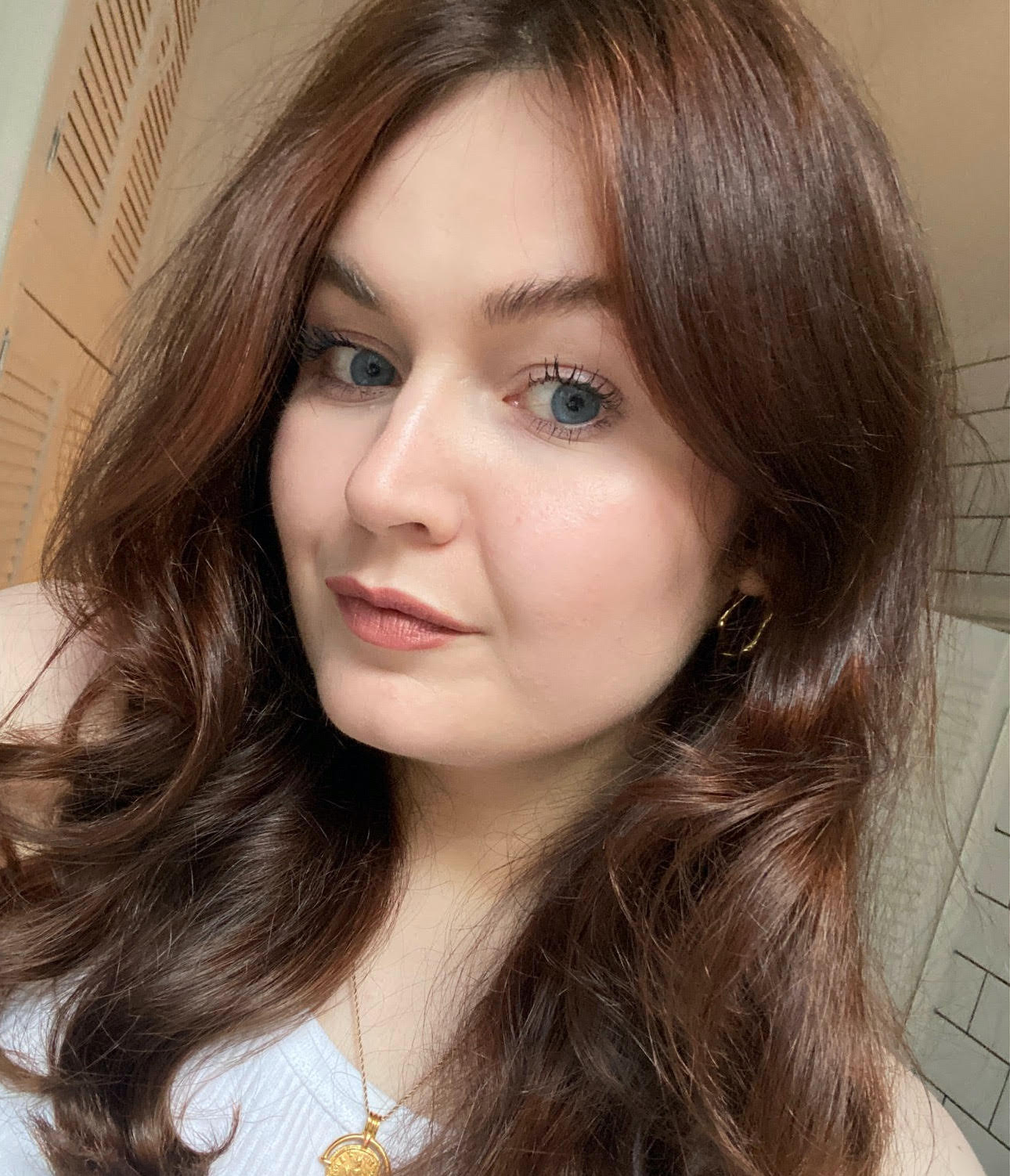
Lucy is a freelance beauty editor and contributor at Marie Claire, and has also written for titles including Cosmopolitan, Refinery29, Glamour and woman&home. She was previously Marie Claire’s junior beauty editor. During her career, she’s covered everything from backstage beauty at fashion week to interviews with famous faces like Drag Race royalty and Little Mix. As for her beauty ethos, she’s a big advocate for not having to spend a fortune on beauty products to get good results. When she’s not got beauty on the brain you’ll probably find her reading or Netflix-ing.
